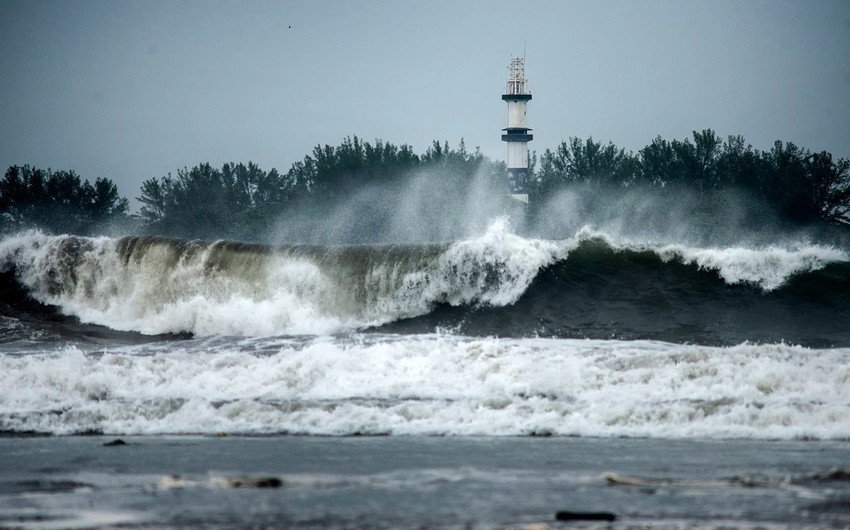US oil and gas companies strained to get offshore operations up and running after Hurricane Ida, and the White House authorized a release of emergency fuel stocks as the extent of the storm’s damages became more apparent, Report informs referring to Reuters.
Ida’s 150-mile-per-hour (240 kph) winds delivered a direct hit to US energy infrastructure. Most of the Gulf of Mexico’s oil and gas output remained offline as energy firms struggled to complete aerial surveys and return workers offshore. Their efforts were hindered by damage to onshore terminals and base sites.
Only a quarter of the 288 platforms evacuated last week had crews to restart production, according to the US Bureau of Safety and Environmental Enforcement. Top offshore producer Royal Dutch Shell said 80 percent of its offshore output remained shut, and damages to one platform were discovered during an aerial survey.
Exxon Mobil’s Baton Rouge refinery will get 1.5 million barrels of crude from US emergency stocks to produce gasoline, the Department of Energy said after President Joe Biden directed the department to use all tools, including the Strategic Petroleum Reserve, to keep gasoline flowing.
US Gulf offshore crude production provides about 16 percent of the country’s daily output. Efforts to begin pumping were slowed with offshore workers dealing with damages to their homes and helicopter companies struggling to get fuel.
As of Sept. 2, 1.7 million barrels of daily production were offline, 94 percent of the offshore region’s output, along with 91 percent, or 2 billion cubic feet, of natural gas. Output losses increased from the day earlier.
Port Fourchon, Louisiana, a vital center of offshore logistics where Ida made landfall, was left without power and water and its roads strewn with debris. There was no significant obstruction to its main waterways, a port official said.
“The area is completely devastated,” said Tony Odak, chief operating officer of Stone Oil Distributor, a top supplier of fuel to the offshore industry that was relocating some activities to western Louisiana.
Most Louisiana ports, including the Port of Baton Rouge and New Orleans, were reopened to vessel traffic on Thursday, the Coast Guard said. A downed transmission line in the Mississippi River limited access to four refineries west of New Orleans, including Exxon’s Baton Rouge refinery.
Seven oil refiners that produce gasoline and motor fuels could be out of operation for up to four weeks due to a lack of power and water. The storm knocked out plants in southeast Louisiana operated by Marathon Petroleum, Phillips 66, Valero Energy, and PBF Energy.
“Like everyone else, we are waiting on the results of the utility’s damage assessment and their plans for re-energizing the grid,” said Michael Karlovich, a spokesman for PBF Energy, which shut its 190,000-barrel-per-day Chalmette, Louisiana, refinery on Sunday.
When crude supplies are restored, refinery operators who idled operations ahead of the storm face the dangerous task of firing up massive boilers and pressure vessels used to produce fuel. Most refinery accidents occur during shutdowns or restarts.
Crude prices rose more than $1 on September 2, supported by optimism about the economy and a weaker dollar.


 https://static.report.az/photo/b271794c-46ec-3040-825d-27dca0df5b2d.jpg
https://static.report.az/photo/b271794c-46ec-3040-825d-27dca0df5b2d.jpg

